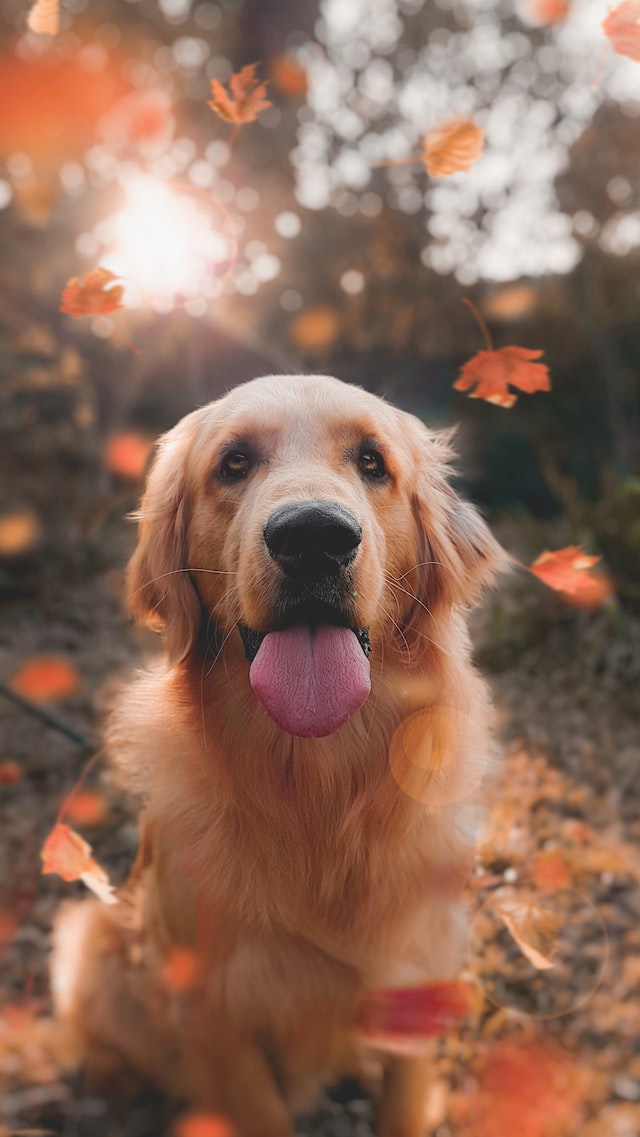The two most common kinds of image formats are raster and vector images.
A raster graphic format contains pixels: tiny individual squares that contain a color (made up of red, green, blue, and alpha values). When placing a lot of pixels together, a very detailed image can be formed, such as a photograph. A raster graphic has a fixed resolution (fixed number of pixels). This means that when you increase the size of the image, it loses detail, and pixelation can occur. Examples of raster graphic formats are JPEG, PNG, and WEBP.

Vector images, on the other hand, are scalable mathematical representations of a
visual element on screen. A vector is a set of commands describing how to draw
the image on screen—for example, a line, point, or fill. When scaling a vector
on screen, it won't lose quality, as the mathematical formula maintains the
relationship between the different commands. Good examples of ImageVectors are
the Material Symbols, as they can all be defined with mathematical
formulas.

ImageBitmap
In Compose, a raster image (often referred to as a Bitmap) can be loaded up
into an ImageBitmap instance, and a BitmapPainter is what is responsible for
drawing the bitmap to screen.
For basic use cases, painterResource() can be used to create an ImageBitmap
and returns a Painter object (in this case - a BitmapPainter):
Image( painter = painterResource(id = R.drawable.dog), contentDescription = stringResource(id = R.string.dog_content_description) )
If you require further customization (for example, a custom painter
implementation) and need access to the ImageBitmap itself, you can load it
in the following way:
val imageBitmap = ImageBitmap.imageResource(R.drawable.dog)
ImageVector
A VectorPainter is responsible for drawing an ImageVector to screen.
ImageVector supports a subset of Scalable Vector Graphics (SVG) commands. Not
all images can be represented as vectors (for example, the photos you take with
your camera cannot be transformed into a vector).
You can create a custom ImageVector either by importing an existing vector
drawable XML file (imported into Android Studio using the import tool) or
implementing the class and issuing path commands manually.
For basic use cases, painterResource() works for ImageVectors in the same
way it does for the ImageBitmap class, returning a VectorPainter as the
result. painterResource() handles the loading of VectorDrawables and
BitmapDrawables into VectorPainter and BitmapPainter respectively. To load
a VectorDrawable into an image, use:
Image( painter = painterResource(id = R.drawable.baseline_shopping_cart_24), contentDescription = stringResource(id = R.string.shopping_cart_content_desc) )
If you require further customization and need to access to the ImageVector
itself, you can load it in the following way:
val imageVector = ImageVector.vectorResource(id = R.drawable.baseline_shopping_cart_24)
Recommended for you
- Note: link text is displayed when JavaScript is off
- Custom painter {:#custom-painter}
- Resources in Compose
- Loading images {:#loading-images}
